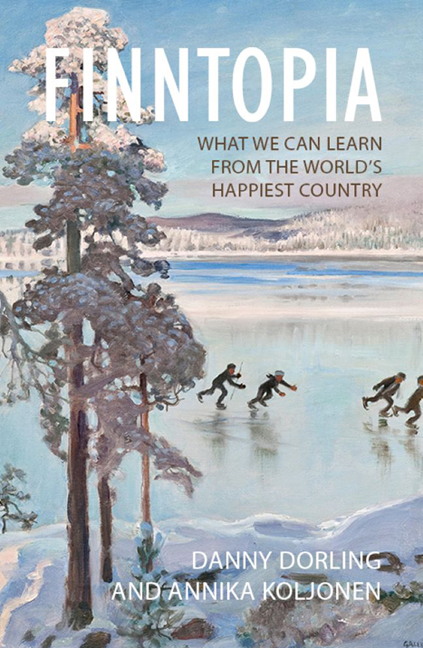5 - Mid-life and equality
Published online by Cambridge University Press: 20 December 2023
Summary
Onnelllisuus on se paikka puuttuvaisuuden ja yltäkylläisyyden välillä
[Happiness is a place between too little and too much]
Finnish proverbTraditionally, mid-life is hard to define. When does it begin and end? In Finland currently, average life expectancy for men is 79 and for women 84, with both still increasing and the gap between them narrowing. Because of this we have decided here to define mid-life as being aged 21 to 61, the 40 years after the first 21 years of life and before what, for most people, is typically the last 21 years of their lives.
For most of us mid-life begins after the completion of studies and at the start of employment and possible career, after having left the family who brought you up, but before settling down with a family of your own. This stereotype has undergone various changes, but these key points still remain milestones in the average person's life in one way or another. A growing number of people have no children, but for the majority of Finns, mid-life ends when all your children have left home and you are on your own again. It draws to an end as the career or varied set of jobs you have been doing wind down. It ends as retirement approaches or starts and as your life begins to have more and more in common with everyone else in your age group. Equality is greatest in childhood and young adulthood, and again in old age – especially in Finland. Mid-life is a period of specialization and also the time when people tend to be most unequal.
In Finland children are born remarkably equal. As detailed above, a Finnish child's arrival is marked with a very comprehensive maternity package containing things that the baby and its parents actually need. In Finland the government, and the town or village you live in, ensures that your start in life is one of the most equitable on the planet. As explained in the previous chapter, all children in Finland have access to good schools. The influence of your parents’ income on your outcome in mid-life is minimal (when compared to their influence if you grow up anywhere else).
- Type
- Chapter
- Information
- FinntopiaWhat We Can Learn from the World's Happiest Country, pp. 99 - 128Publisher: Agenda PublishingPrint publication year: 2020



